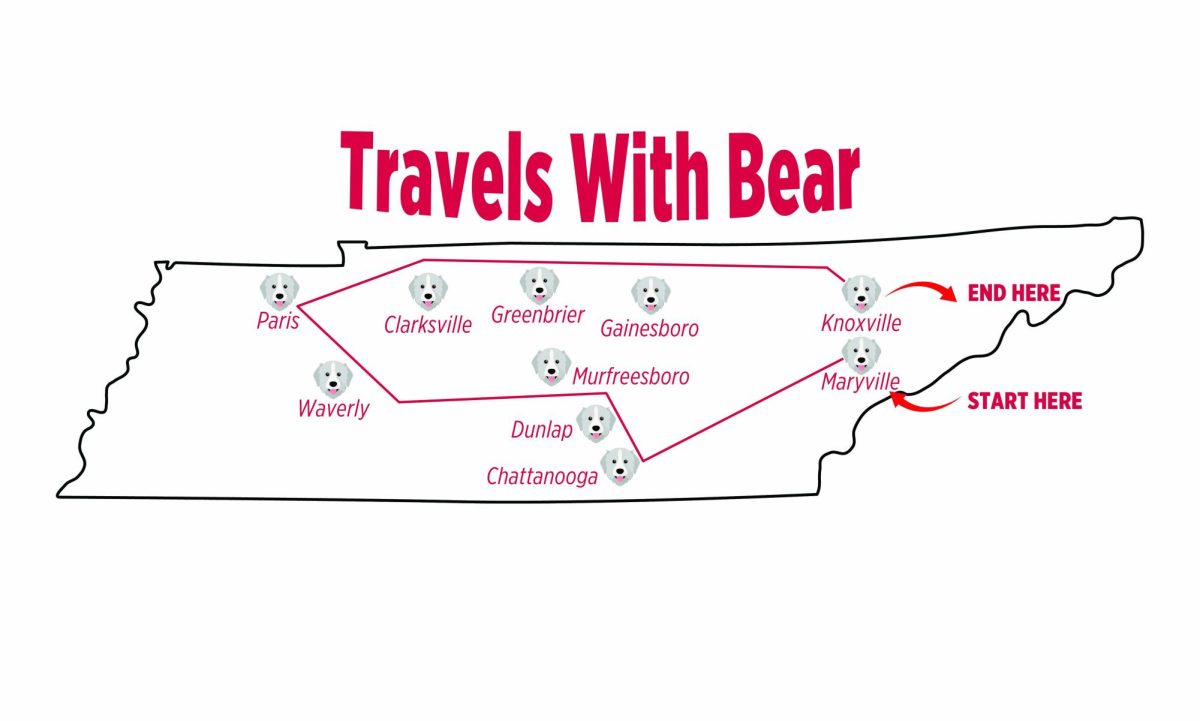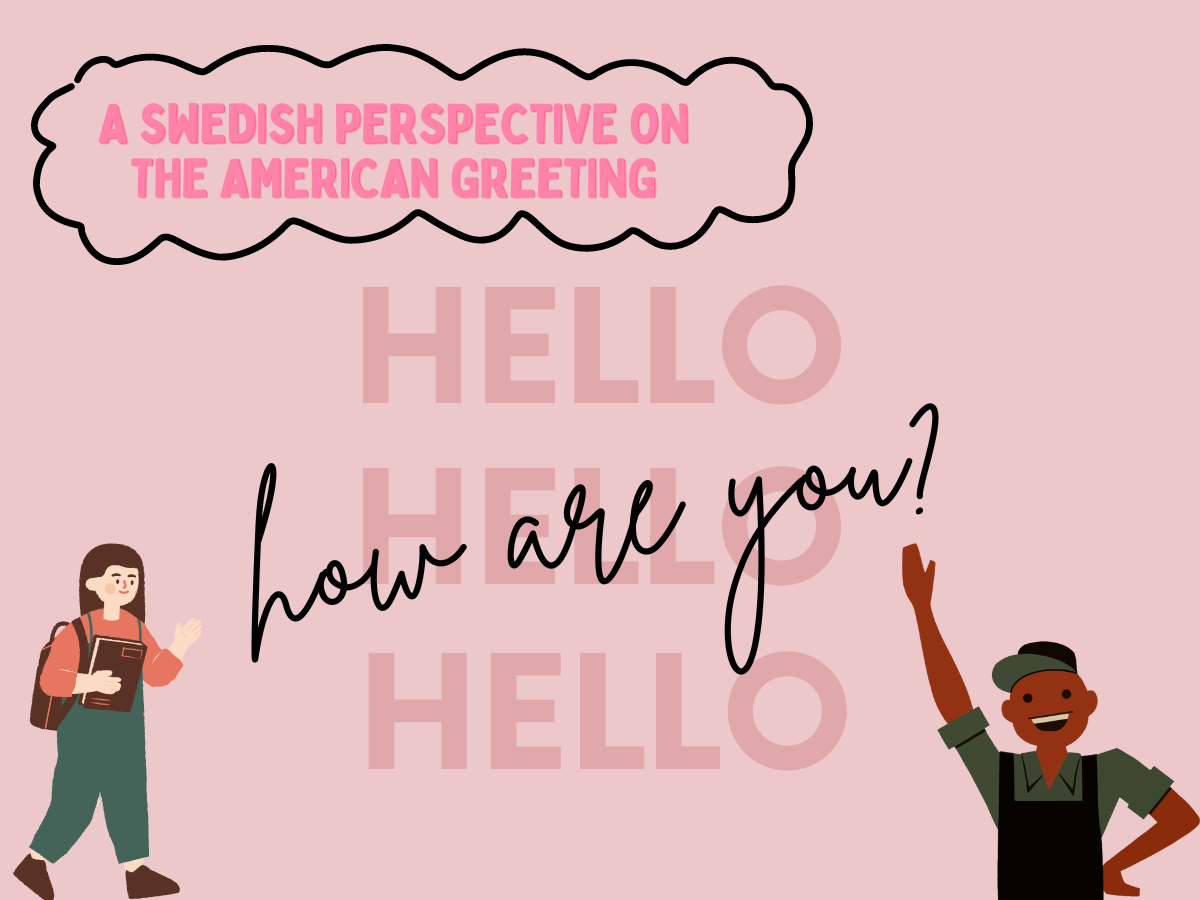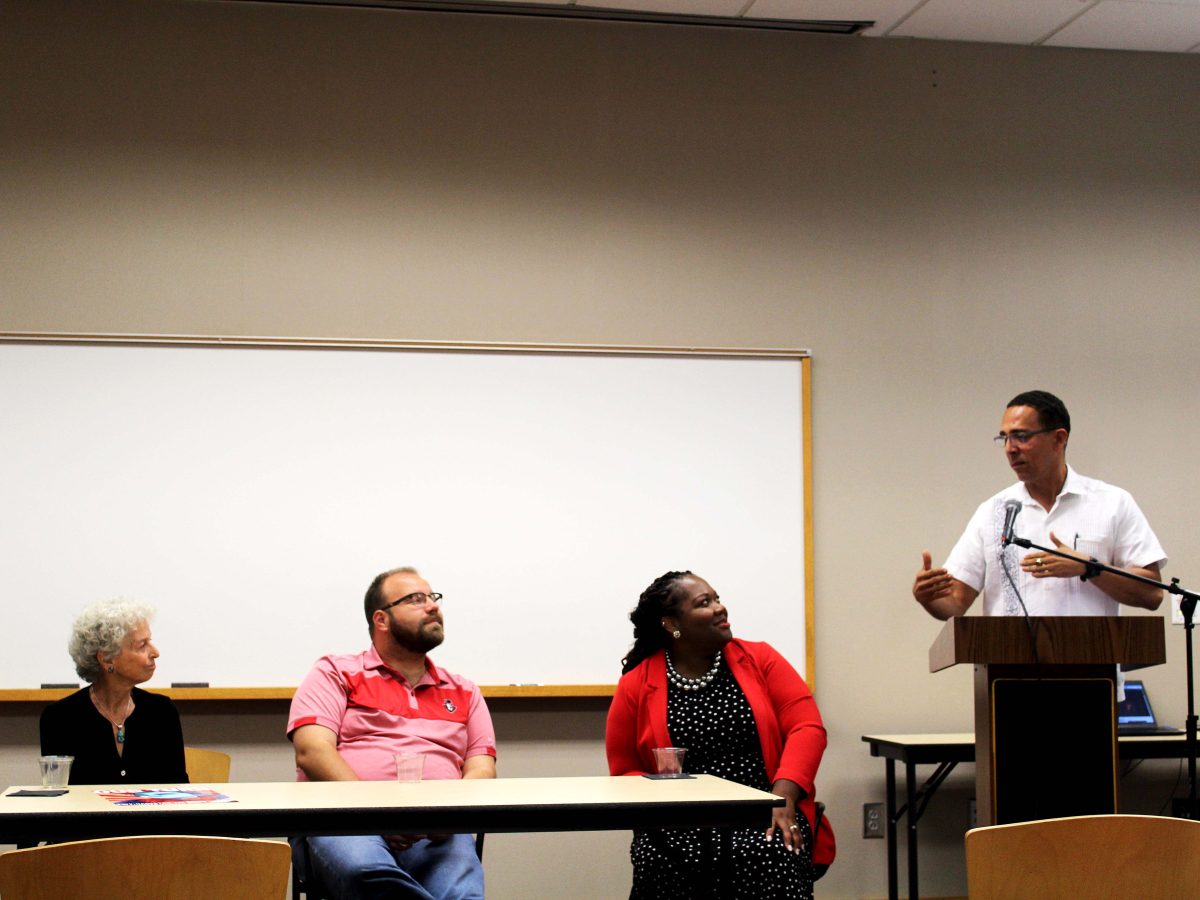» Trynica daniels – [email protected]
Rebellion as a means to reform has always been an irresistible ideal for Americans as a society, especially among the younger generations.
America itself was founded on a revolution against the British, and since then the United States has had a tradition encompassing several revolts, including the rock ‘n’ roll subculture that surged in popularity in the 1950s and the hippie culture that emerged in the 1960s.
There is no doubt uprisings have been established for important reasons, such as fighting for the rights of minorities and women, but many adults look on the concept with fear, dread and disdain because the word has become loaded with connotations implying immature teenagers disrespecting authority in dramatic ways.
The Leaf Chronicle reported one bizarre incident this past July in Chattanooga when people in zombie costumes protested the Tennessee Valley Authority’s plans to open up the Bellefont Nuclear Plant. The company has since forbidden these costumes in an effort to circumvent commotion and unprofessional distraction.
Yet that following August, four TVA workers attempted to enter a board meeting in Knoxville wearing zombie costumes. They were not admitted entry, and another worker was forcibly ejected from the meeting after affecting a zombie impression.
Obviously, strange events like this have done nothing to staunch the fear of outspoken opinions that defy the mainstream consciousness. But what about the movement that began to gain momentum last year known as “Occupy Wall Street?”
Occupy Wall Street is a more serious and wide-reaching example of modern-day rebellion. Whether one agrees with what the movement stands for or not, many people are predisposed to view the movement negatively because of prejudice, ignorance and misconception.
Many think it is just as immature, absurd and ineffective as wearing zombie costumes to protest a nuclear plant, but society needs to learn agitation among the people rises for a reason.
One common notion is Occupy Wall Street consists of mainly young people. While many rebellions have started as youth movements, they have often grown to include a wide range of ages.
A possible reason for this may be, in general, the young tend to be less set in their ways than the older generation. In any case, Occupy Wall Street subverts this tradition because, from the beginning, adults as well as teenage and college-age students were a part of this movement.
Related to the first misconception is the mistake some make of assuming that Occupy Wall Street is made of a bunch of rebels without a cause.
This confusion stems from the fact the movement has no single cause, but serves as an umbrella term for loosely-related grievances, such as taxing corporations as if they were individuals and the wealth inequality in America.
What some may fail to realize is many historical, successful movements included a unity of protestors with different but complementary causes.
Whether one is a supporter or opponent of rebellion, it is important to combat ignorance on the subject. Acknowledging there are wrong, ineffective and ridiculous ways to protest — such as dressing up as zombies — there are also legitimate, powerful, and even necessary ways — such as peaceful occupation.
As long as this country is imperfect, there will always be issues to contest, and rebellion is an inescapable part of our culture and history.
It should be examined rather than blindly hated, and perhaps even accepted, if not embraced. TAS






